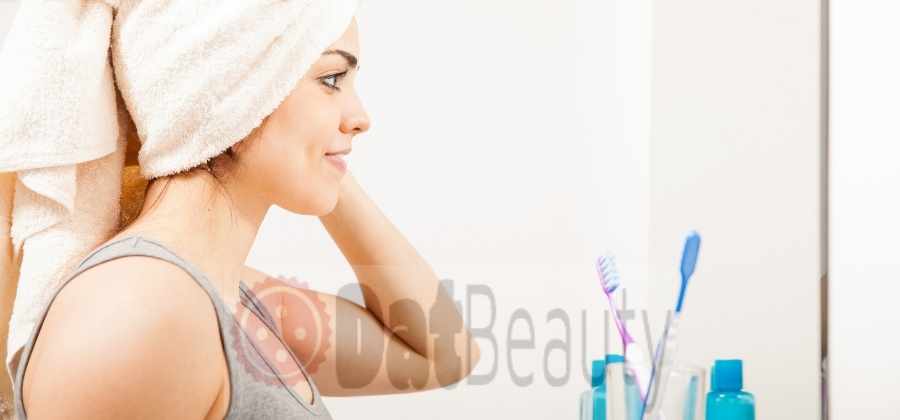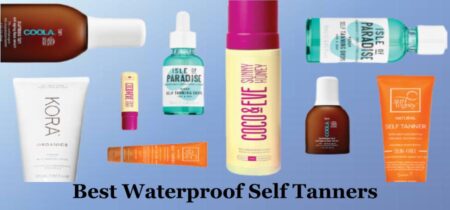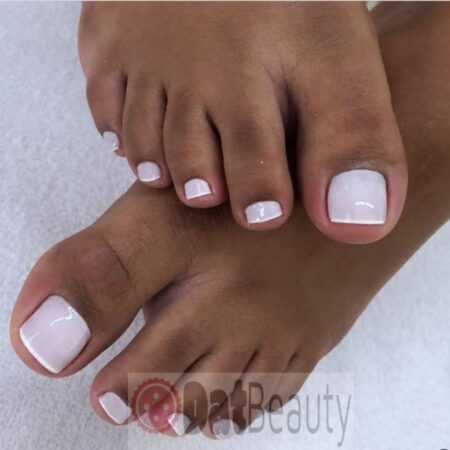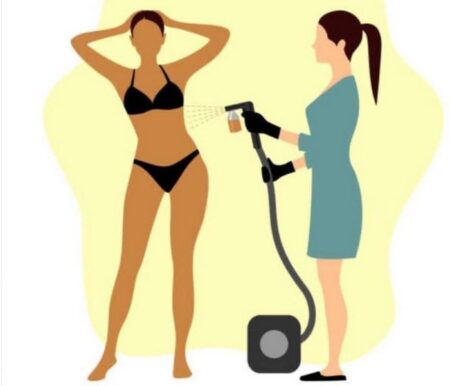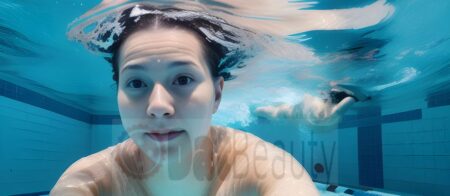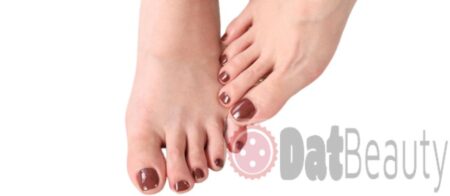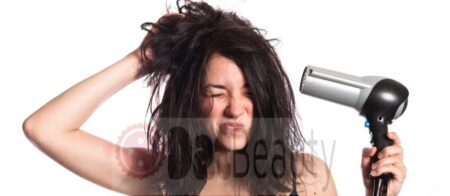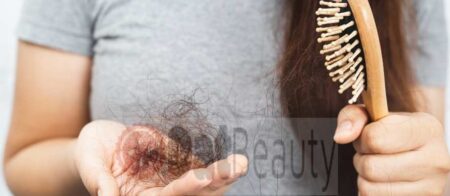There are many ways to dry your hair without using a blow dryer. There are also some very good reasons why you should not use a blow dryer on your hair too often…
You can blow dry your hair by using T Shirt, by shaking them off or by using microfiber towel. So If you are not in a hurry you should try these close to natural ways.
Blow drying your hair increases the likelihood that it will break or fall out over time.This is because it actually dries out the protective oil coating on all of our hairs, increasing the chances of them becoming brittle and breaking under pressure (e.g., combing). It also increases split ends while doing nothing to combat frizz issues.
Fortunately there are ways to dry your hair without using a blow dryer if you’d want all these negative side effects.
1. Using T Shirt!
You can also use a T-shirt or a very similar type of cloth to dry your hair. This is not as effective and you will need to use another method in conjunction with this, but it is still very popular, especially with athletes who want to carry on wearing their protective equipment while they towel off wet skin and hair. The main problem with this technique is that the weave of the material’s fibers will trap more water on your hair than microfiber towels do. In fact, some people believe that microfiber towels actually help control frizz by absorbing excess moisture from your hair before it has time to evaporate on its own.
2. Shake It Off
If you want to dry your hair without using an actual towel, you can simply shake off excess water with your hands. This is not as effective and can take a long time if you have very thick or curly hair. You will also need to use another method in conjunction with this one.
3. Begin With Your Roots
If you are looking for the best way to dry your hair without a hair dryer, then start at your scalp and work down. If you thoroughly dry your full head of hair with an actual towel or cloth, it will collect all of the water on top of your head in glutinous globs that hang around the surface of the water. This can cause significant frizz issues later in life if this happens too often because it makes it look like there is more moisture in your hair than there actually is. Also, some people find that when they do this they have flakes or white marks on their skin or clothes where drops of water have fallen from their damp head onto them while they are drying themselves.
4. Use a Microfiber Towel
Another method to dry your hair without blow dryer is to use microfiber towel. Different types of microfiber towels and together with others such as regular towels are not equal. They differ significantly in design and fabric. If you want excellent results then purchase a high-quality microfiber towel (or two). Cheap versions may produce unsatisfactory results as they don’t absorb water as well as better ones. Be sure to check out how these can be used on your hair before buying them so that you know the best way to use microfiber towel for drying hair:
You might also be interested in how long can a hair dryer run
Wring out Excess Water
Wring out excess water from wet hair and place it on top of a flat surface such as a table or even the floor. If possible, put this item over an empty laundry basket to collect any water that’s left in pooling.
Use Shampoo
Take a quarter size drop of shampoo in your hand and rub it all over your scalp to create a really good lather. Make sure you massage this in for about two minutes before rinsing with warm water to remove all dirt and dust from your hair. This will also stimulate blood flow to the roots which can encourage hair growth! Rinse off thoroughly when done with this step.
Apply Conditioner
Apply conditioner on the lower half (from middle of your head downwards) but leave out the upper half (where microfiber towel comes into picture). Leave this in for 5 minutes or less depending on how much conditioning properties does your brand’s conditioner have. Do not apply any near eyes as it may cause them to sting or water.
Make Sections of hair
After applying conditioner on your hair, take out a section of your locks and wrap it in the microfiber towel. Be sure that you hold onto this while it’s still inside the towel so that it does not slip off suddenly and cause tangles which can be hard to comb through later on.
Remove Tangles
You will find yourself with a turban-like structure around your head at this point. Smooth over anymore tangled areas such as behind the ears and near temples for best results. Remove any tangles or wavy sections in your hair so that your turban looks close to perfect without allowing any fluffing or contaminating your clothing with particles or microbes.
Wait Now
Leave this in place for about 15 to 30 minutes depending on the thickness of your hair. If it’s very thick, then leave it in for 30 minutes but if it’s thin or short, then 15 minutes should be enough time to get good results without causing too much damage due to heat exposure (which can be caused by longer dry times).
Unwind Towel
When you are done waiting, gradually unwind the towel and let it air-dry when possible. (You may want to bear in mind not to turn any extremely wet section against your back and into your clothes!)
Now, this method (and the microfiber towel itself) isn’t perfect for everyone as it does require quite some time and effort to complete. If your goal is to wash hair as quickly as possible, use an absorbent shirt instead of a towel. It’s relatively easy to do so there’s no reason not to pick up one of these if you want great hair days all throughout the week.
5. Use a Microfiber Hair Brush
Microfiber hair brushes are extremely popular with people who have very fine or thin hair. They are also very good for frizz control. A microfiber hair brush is smooth to the touch, but it still has enough grip on your hair that the fibers can move around and whisk away excess water easily. These brushes dry your hair quickly so you won’t have to spend much time on your head as you would if you were using a towel. The bristles are usually packed together tightly so they won’t drag across your scalp which is especially critical for people with sensitive or flaky scalps after washing their hair.

